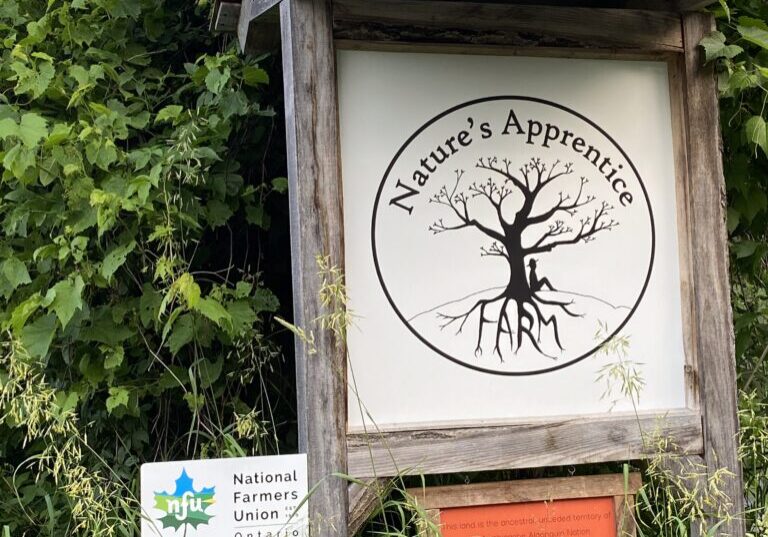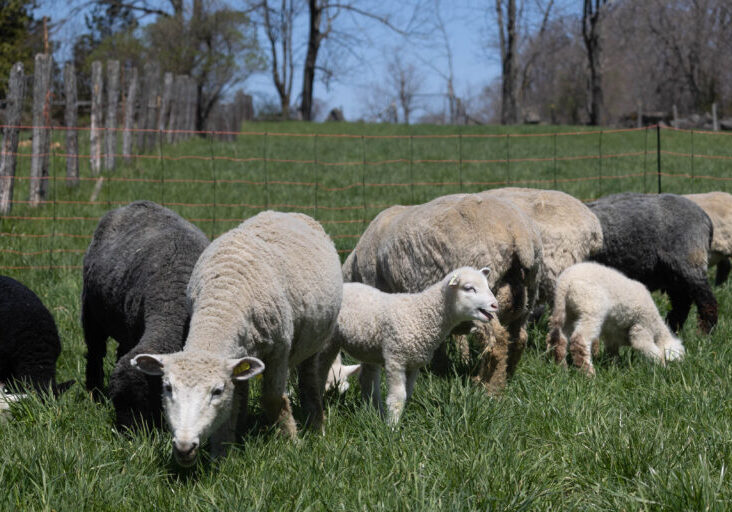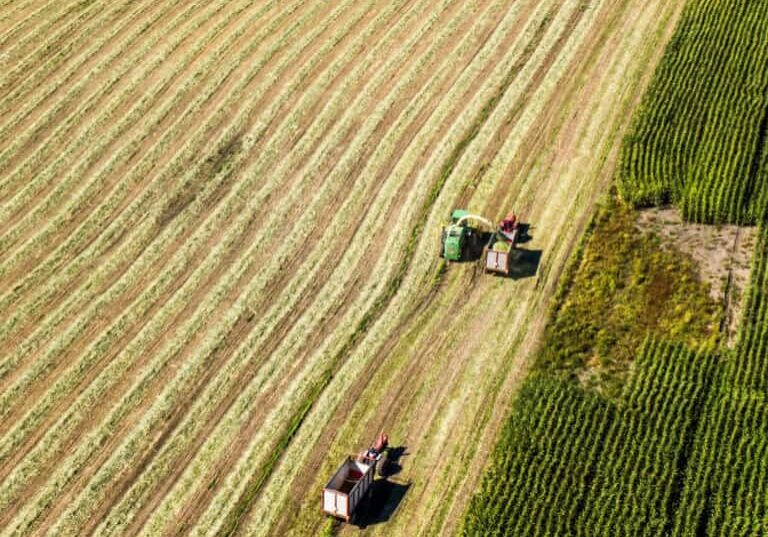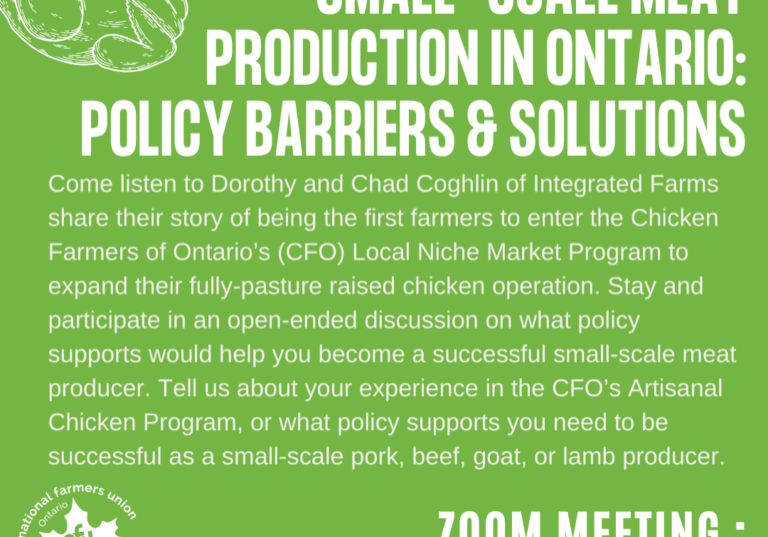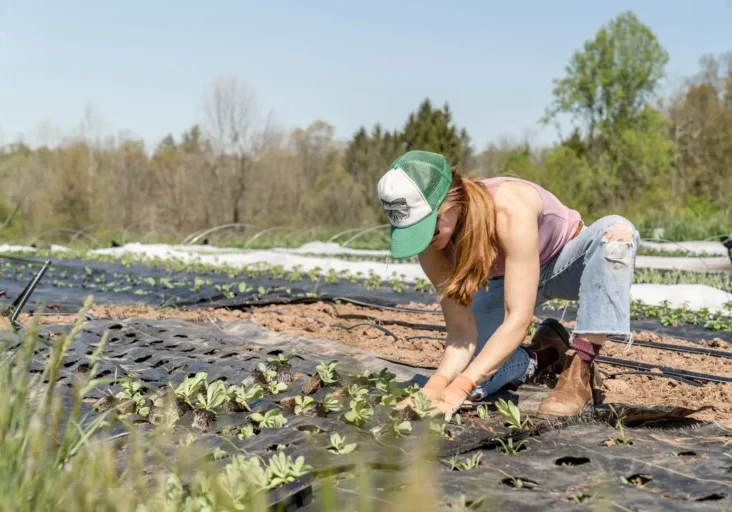Ecosystem Service Payments: Enhancing Sustainability in Agriculture
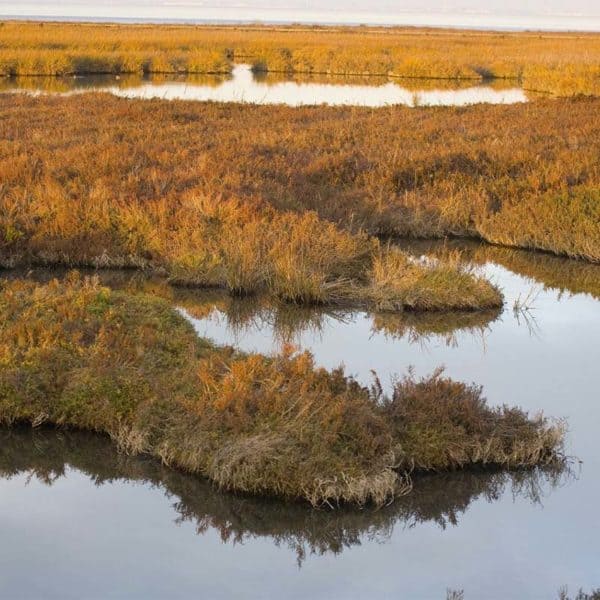
National Farmers Union – Ontario Newsletter
The Rural Voice | April 2025
Submitted by Dr. Thorsten Arnold, Grey County
Ecosystem Service Payments (ESPs) promote environmental sustainability while supporting farmers’ livelihoods. In Grey Bruce, with its biodiversity and scenic landscapes, ESPs integrate conservation with farming. They help maintain hedgerows and native habitat, buffer strips, and healthy soils that replenish Karst aquifers, essential for rural drinking water. ESPs provide financial incentives for farmers to sustain these services and adopt regenerative farm management, fostering economic resilience and advocacy for fair environmental compensation.
The National Farmers Union – Grey County hosted an online discussion on February 21, 202,5 with experts, policymakers, and farmers exploring ESPs. Dr. Ralph Martin highlighted their role in agriculture, while Joel Loughead of the Green Party of Ontario discussed policies supporting ecological landscapes and local food economies. The event fostered discussions about policy frameworks that support farmers who provide environmental benefits.
Globally, ESPs incentivize biodiversity conservation, water regulation, and carbon sequestration. Programs in Costa Rica, the U.S., the EU, and China compensate farmers for conservation efforts, pollinator strips and cover crops, forest restoration, and regenerative practices. Farmland impacts climate far beyond carbon sequestration. Vegetation cools landscapes, regulates moisture, and at large scale even creates wind patterns that draw in oceanic moisture, sustaining rainfall. In a warming climate, preserving these biospheric climate-regulation mechanisms is crucial.
Dr. Ralph Martin, a retired University of Guelph professor, advocated that ESPs can address declining Soil Organic Matter (SOM) in Ontario, where 82% of fields are losing SOM, with 54% facing high erosion risk. Soil degradation reduces resilience, increases fertilizer dependence, and weakens water retention.
Martin proposes the following ESP mechanisms to counteract these trends:
- Incentivizing High SOM Levels: Farmers should receive financial rewards for maintaining Good or Very Good SOM levels, measured every five years through scientific protocols.
- Mandatory SOM Measurement for Farm Transfers: Ensuring long-term sustainability by requiring SOM evaluations during farm sales, with penalties for degraded soil health.
- Cover Crops and Perennial Systems: Supporting farmers who incorporate cover crops like red clover or pollinator plant strips to improve soil health.
- Delayed Grazing and Habitat Conservation: Compensating farmers for delaying grazing to protect nesting birds, aligning with ALUS initiatives supporting grassland conservation.
Ecosystem Service Payments align sustainability with economic viability. ESPs ensure fair compensation for conservation efforts while maintaining financial feasibility. International models demonstrate their success in protecting water resources, reversing deforestation, and enhancing soil health. Dr. Ralph Martin’s recommendations provide a practical ESP framework, particularly in soil health and carbon sequestration. Incentivizing SOM maintenance, supporting cover cropping, and preserving habitats yield long-term environmental and economic benefits.
Yet, for ESPs to succeed in Ontario, multiple stakeholders must collaborate beyond agriculture – and non-partisan support from political parties. To maximize impact, ESPs must gain political traction through a multi-sectoral alliance securing funding, promoting policy advocacy, and creating market-driven incentives for sustainable farming:
- Conservation Organizations: Engage the public, shape policy narratives, and educate urban populations on ESP benefits.
- Tourism Industry: Support farmers through ESPs to preserve landscapes that attract visitors.
- Food Sector: Incentivize sustainable farming through price premiums and embrace variability in nature-aligned farming.
- Municipal Governments and Water Authorities: Invest in farm-based water retention projects, as seen in New York City’s watershed program.
- Establish Environmental Farm Organizations: Groups like ALUS and the Ontario Soil and Crop Improvement Association (OSCIA) drive conservation initiatives and funding mechanisms.
Province-wide, Grey Bruce can lead ESP integration in regional agriculture, ensuring that both farmers and communities benefit from a resilient, sustainable, and economically viable ecosystem.
